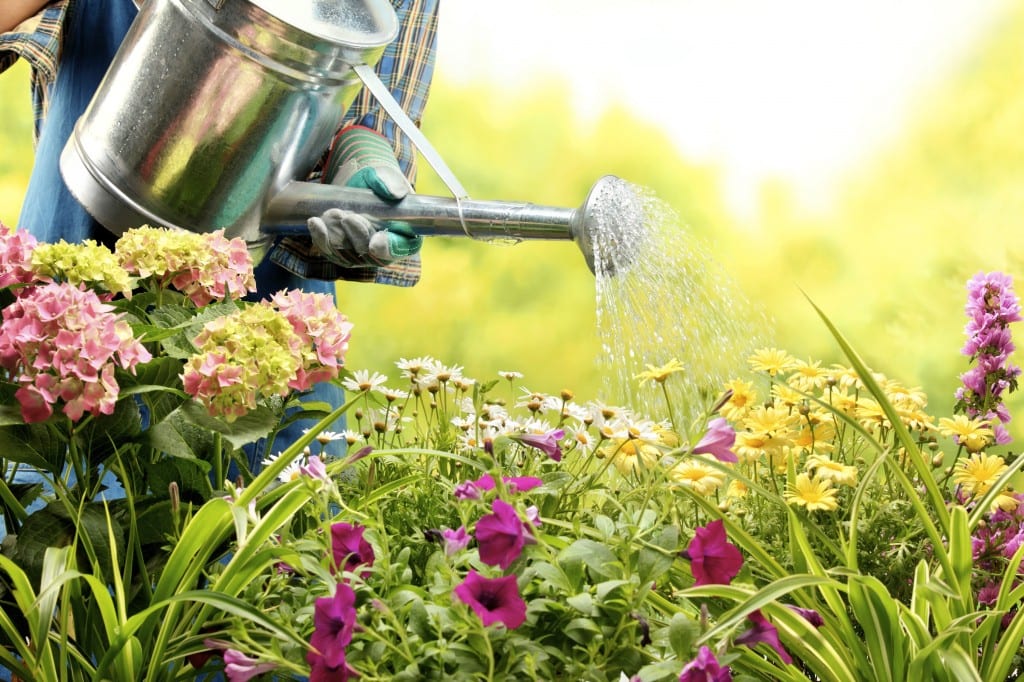Plants require specific care, especially when it comes to irrigation. Check out tips on how to water plants correctly and keep your garden healthy.
Do you know how to water plants? We ask this because growing plants at home goes beyond an aesthetic and decorative issue. It’s bringing a little of nature, of what is alive, to your private space. Furthermore, it is a great opportunity to connect with the natural world and adopt healthier habits.
A good example of how plants can have a positive impact on environments is the growing habit of growing vegetable gardens at home. In a modern life with a busy daily life, this contact with nature – even if small, can provide a feeling of peace and comfort.
However, if having plants at home is your desire, you need to pay attention to specific gardening care. Especially when it comes to watering plants.
But, first of all, it is very important to choose plants that are easy to care for, especially if you don’t have much time. This way, you guarantee the necessary care without interfering with the time you have available.
In addition to basic care, such as amount of sun and ventilation, knowing how to water plants is a fundamental principle of gardening. And if you want to learn how to water plants correctly, check out the tips below:
What is the best time to water my plants?
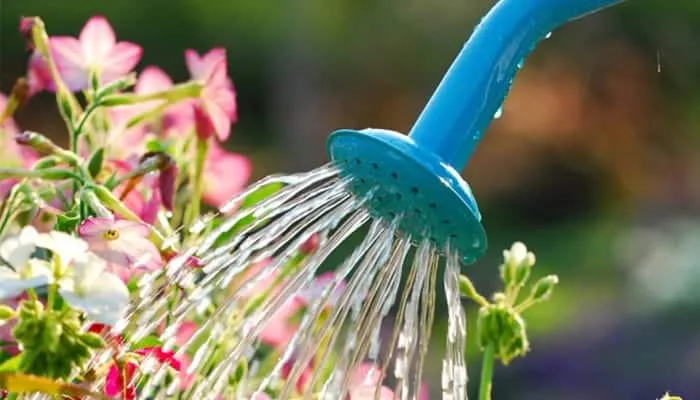
The best thing to do, before anything else, is to always check the weather conditions of the day. Temperature changes can be great indicators that it is the ideal time to irrigate. Therefore, before starting to water the plants, it is a However, there is a general rule that indicates that the best time to water is in the morning or late afternoon (after 3 pm). Furthermore, it is worth checking whether the plant’s soil is dry or wet. This tip also works as a good indication of whether or not your plant needs to be watered at the moment.
Test by placing a toothpick or finger in the soil and checking whether it is wet or dry.
Extra tip: Avoid watering plants at very hot times, as the water will be absorbed quickly. Furthermore, watering at night is also not recommended, as water absorption will be slower.
And if you’ve already started to find this whole process difficult, an alternative is to invest in plants that don’t need a lot of care. This way, you don’t give up having a plant at home and you also don’t waste a lot of time.
What is the recommended frequency?
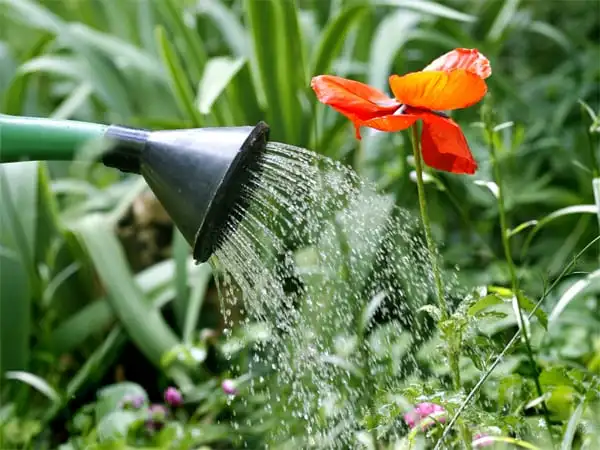
You certainly know that a basic rule that doesn’t usually fail is to avoid waterlogging the soil. This is because excess water can result in drowning of the roots and, as a result, the emergence of diseases and fungi.
Generally speaking, there is no exact frequency at which plants should be watered. It is very important to always evaluate soil conditions and climatic factors. Therefore, do not water the plants unnecessarily. Try doing a test by placing a toothpick or finger in the soil to check whether it is wet or dry.
It is also very important to pay attention to the signals that plants give. Withered leaves, cracked-looking soil and burns are some examples of your plant asking for help.
When in doubt, it is worth getting to know the species and their needs better. Check out a selection of 5 plants that don’t need water.
5 plants that don’t need a lot of water
1 – Elephant-leg
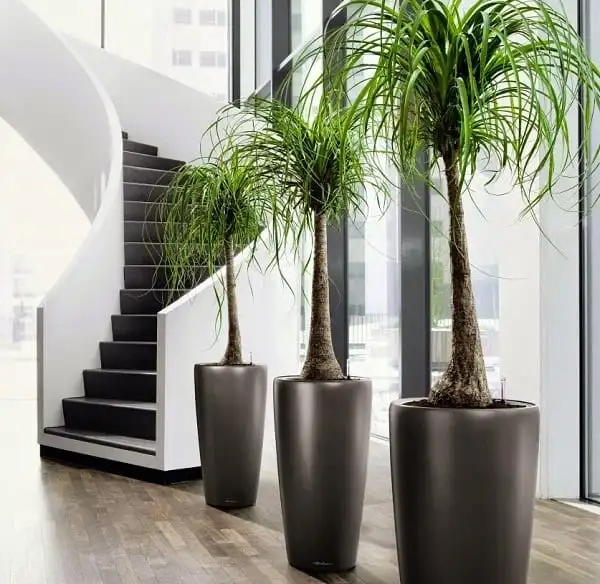
It’s a great option for those who love using plants in decoration. Its curly leaves are charming! And the best part: it has the ability to store water in its trunk. Perfect for those who don’t have much time. Although this species of plant does not need a lot of water, it is important to always observe the appearance of the leaves. Dry and brown leaves are a sign that you need to water them, if they are yellow, they indicate excess water.
2 – Rubber tree
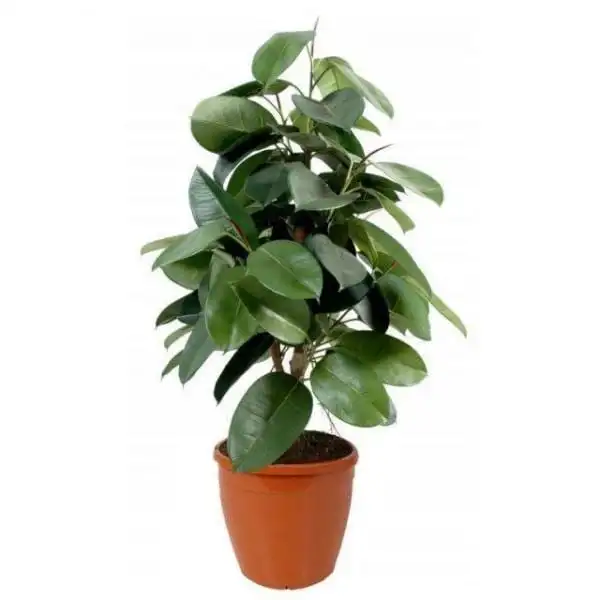
This is a species of plant with a high capacity to live in drought. During the summer, it requires more attention, with more humid water and soil. During winter, it can go up to 1 month without receiving water.
3 – Sword of Saint George
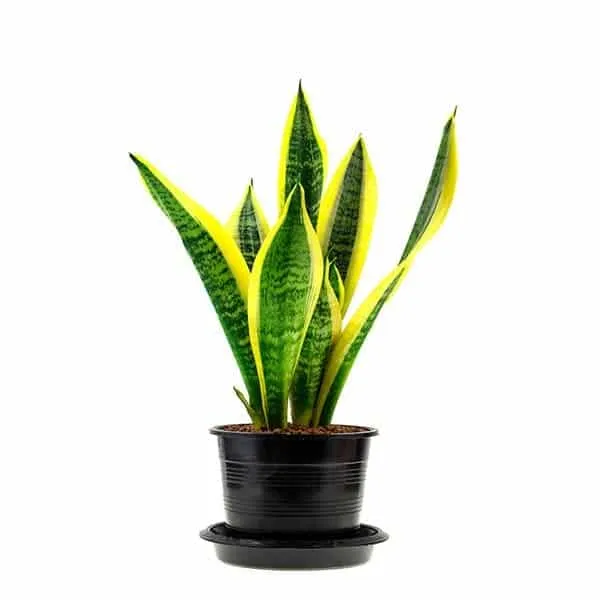
It is one of the best known for not needing much care. The truth is that this species survives with very little water, especially in colder seasons. Maintenance tip is to let the soil completely absorb the water and not overwater.
4 – Tie
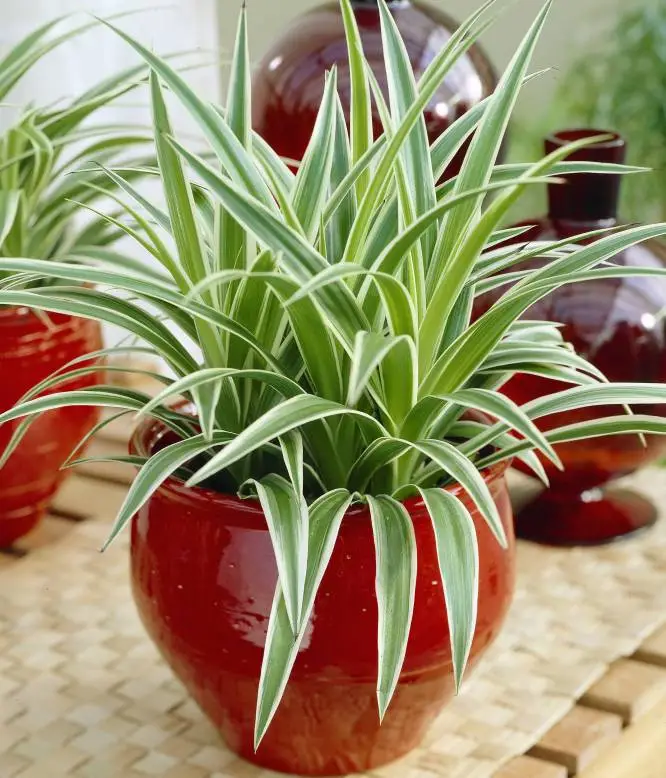
Another species that can do without frequent irrigation. This is because its rhizomes – underground stems, are able to accumulate enough nutrients for its survival. It is important to pay attention to brownish leaves, as they may be an indication of a lack of water.
5 – Umbrella tree
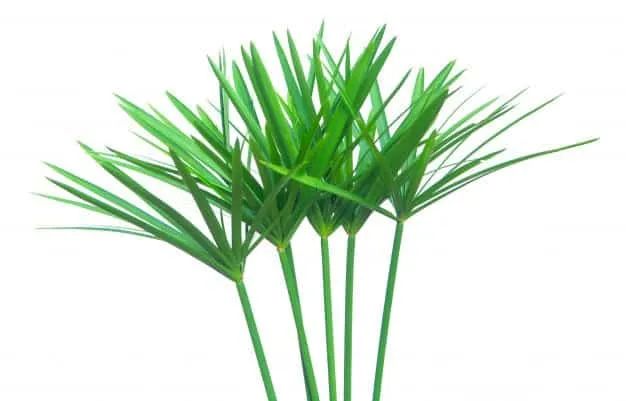
Like other species, the Umbrella Tree also copes well with a lack of water. By the way, this type of plant prefers a lack of rather than an excess of water. Therefore, be careful when watering this species.
How should I water the plants?
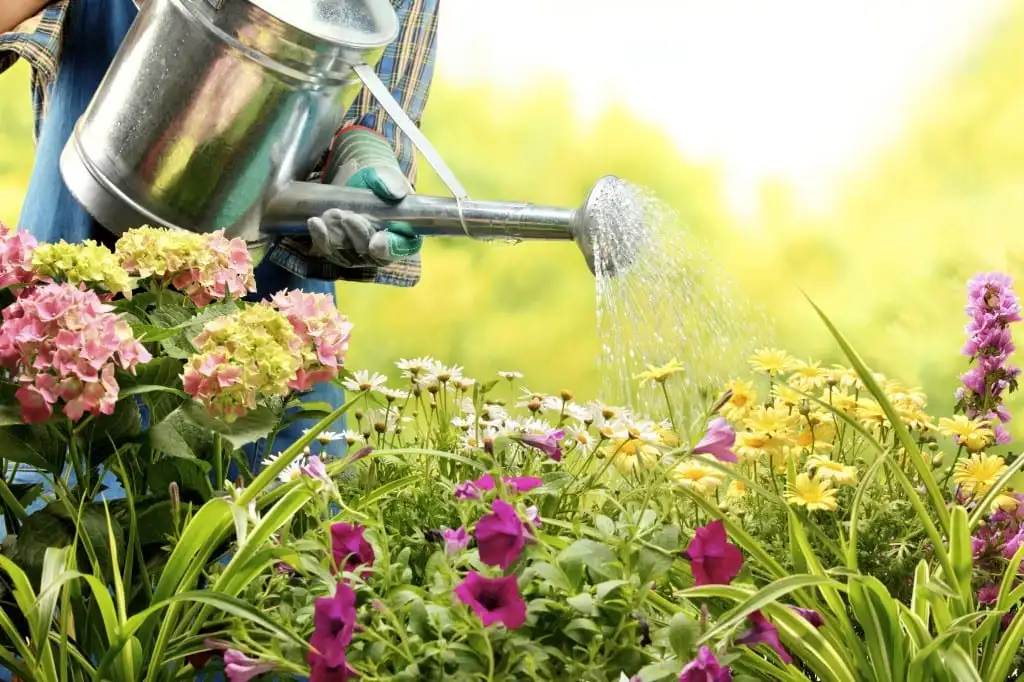
First of all: always water the plants with water at room temperature. This prevents thermal shock. See a simplified step-by-step guide:
1 – Pour water slowly at the base of the plant so that absorption is complete
2 – Check all the water found in the plant, in order to avoid excess water.
3 – Most plant leaves do not need to be wet. Be careful with splashes of water that can trigger illnesses and even burns under the sun.
Can I wet the leaves?
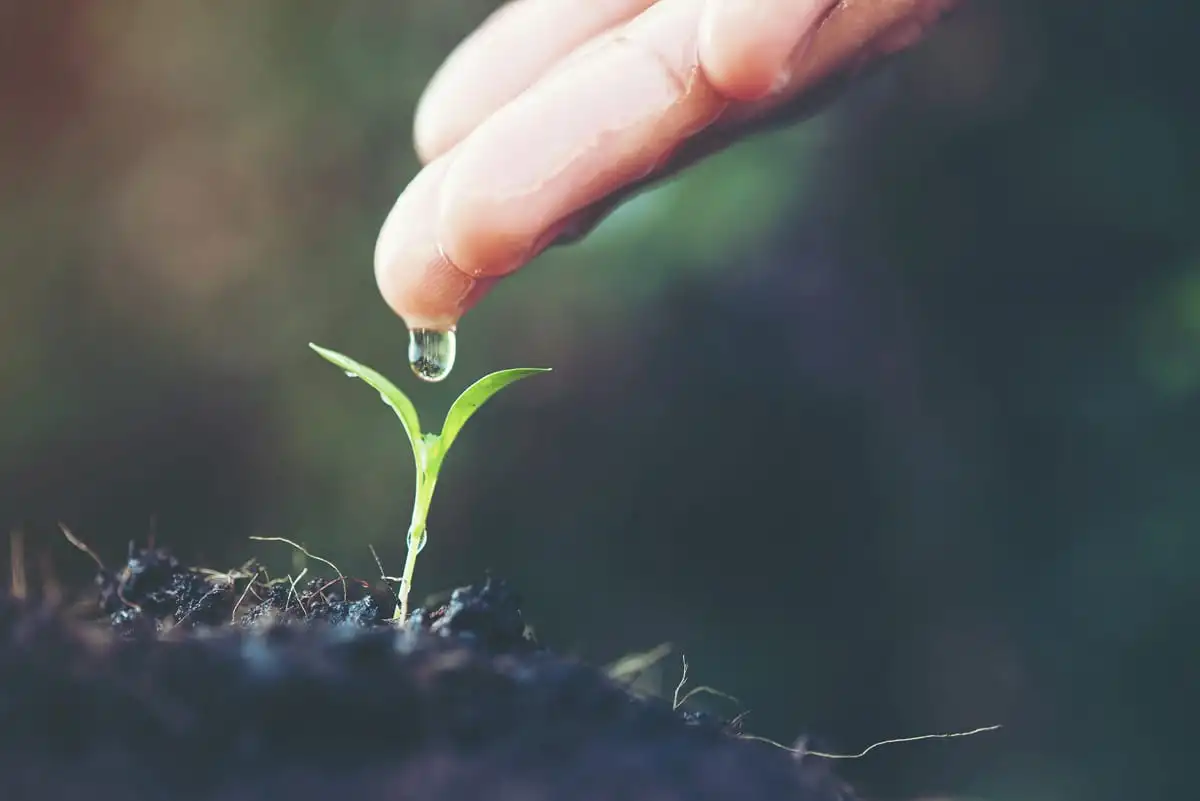
As mentioned above, it will depend on your type of plant. Violent plants, for example, which have sensitive leaves, should not be wet. The best option is to apply water only to the base of the plant – carefully, or in small dishes. In the case of small plates, it is very important to be careful about excess water, mainly to avoid the proliferation of the dengue mosquito. Therefore, cover the dishes with sand to better absorb the water.
Extra tip: If you can, avoid using small plates. Gardening experts say that this practice can encourage waterlogging and, as a result, root rot.
Now that you know everything about watering plants, how about setting up a Winter Garden?
Sources: Giuliana Flores, Gazeta do Povo, Plantei, Gardener, Casa
Images: Planted Flora Morumbi Casa Vogue

Sign up for our newsletter and stay up to date with exclusive news
that can transform your routine!
Warning: Undefined array key "title" in /home/storelat/public_html/wp-content/plugins/link-whisper-premium/templates/frontend/related-posts.php on line 12
Warning: Undefined array key "title_tag" in /home/storelat/public_html/wp-content/plugins/link-whisper-premium/templates/frontend/related-posts.php on line 13

